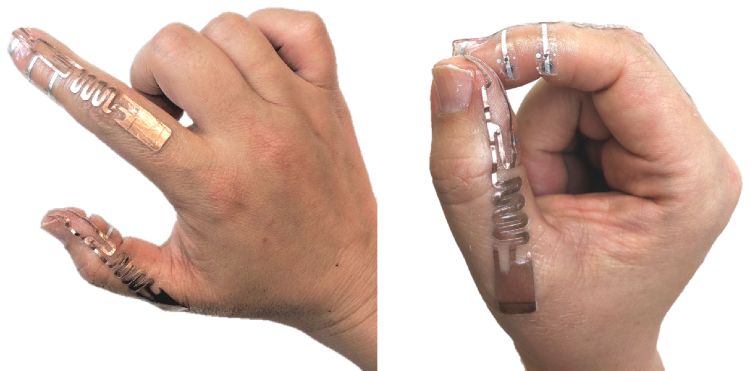Controlling the computer with your fingertips?
Would it be considered magic if you can control your computer screen with your fingertips? No, however, it is definitely technology!
University of Waterloo computer specialists have developed a wearable computer input, known as ‘Tip-Tap’, allowing you to program with your fingertips and suitable for many applications.
"One of the many possible applications of the device is in surgeries. What typically happens now with operation digital preplanning is that an assistant is responsible for navigating the computer and communicating with the surgeon, but this is slow and difficult," said Daniel Vogel, a professor in Waterloo's David R. Cheriton School of Computer Science.
"If the surgeon tries to navigate it themselves using a touchscreen or a mouse, it's problematic because it would require constant sterilization, and current alternatives such as big gestures tracked by computer vision can get very tiring. The idea is if you mount Tip-Tap in surgical gloves, surgeons could navigate the computer themselves from where they are, and it won't affect their other actions like picking up the scalpel."

Tip-Tap is a battery-free and inexpensive device that utilizes radio frequency identification (RFID) tags to sense when fingertips touch. Such capability can advance the healthcare profession in the operating room with applications on disposable surgical gloves that allows physicians to access preoperative planning diagrams.
The design of the Tip-Tap was based on the comfortable areas of the index finger and thumb.
"We used this design in two prototype Tip-Tap devices, a glove with a range of four meters, and an on-skin tattoo," said Vogel. "Such devices are useful for issuing simple commands when a user cannot easily hold an input device, and the usage context is a defined area -- for example, factory workers, surgeons, or people exercising in a gym.
The Tip-Tap is battery-free by splitting the antenna of an RFID tag in two and for the first time--adding each side with three chips that enables fingertip input.
"This is the only device of its kind that we're aware of that doesn't require a battery or cumbersome wires to make it work."
Source: Science Daily








